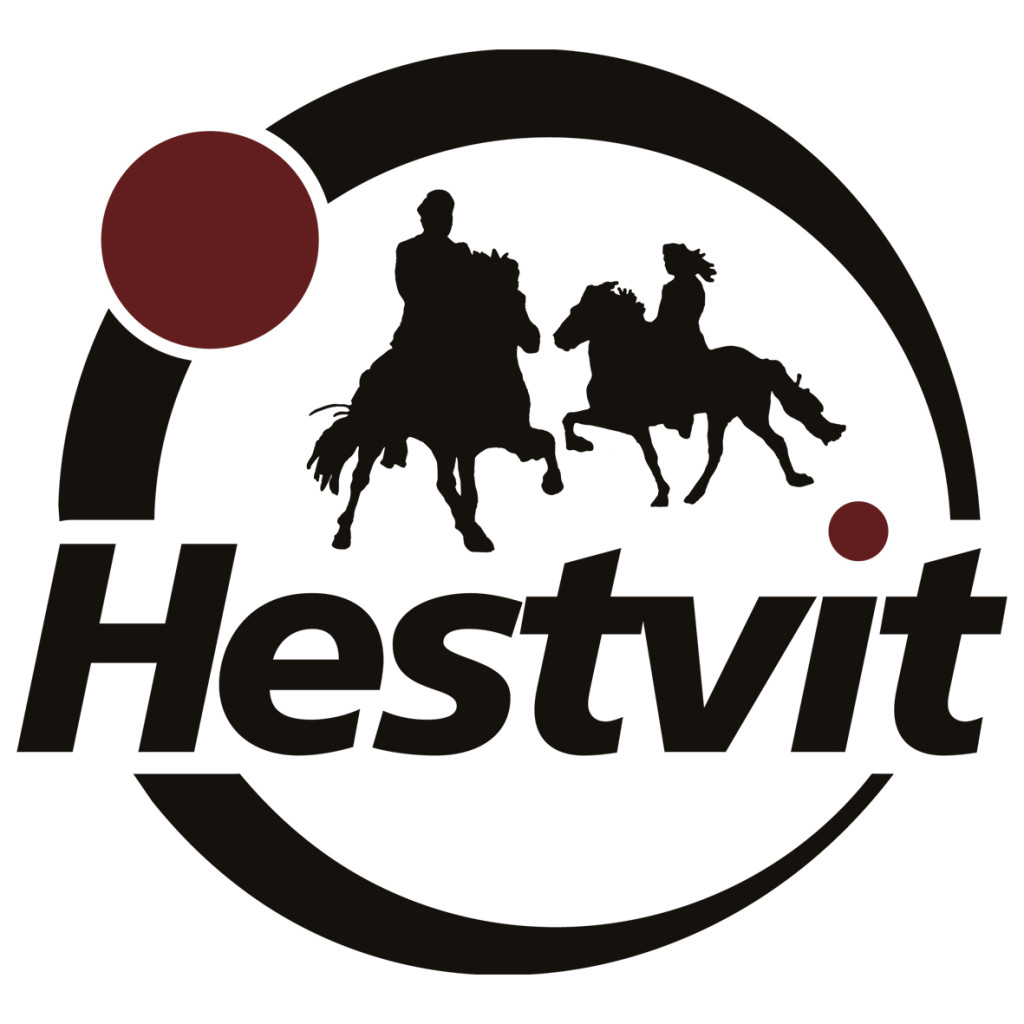Why did you decide to become a farrier?
I used to compete with my [Icelandic] horses when I was younger and the farrier we had was mostly shoeing trotters. My first competing horse was good in trot and walk because of the way it was shod, but the short tölt was really bad. That opened eyes. So, we changed to an Icelandic guy who knows about gaits and how to handle horse that are very trotty in short tölt. I also understood after a while that there were no well-educated farriers with experience in gaits where I lived, so I started to think I should become a farrier myself and shoe my own horses.
What’s your typical work day like?
I travel around all day, mostly north of Stockholm. I go to one, two or three stables every day. There are a couple thousand Icelandic horses in this area; it’s the most densely-populated area for horses in Sweden. I shoe about five horses each day but if it’s bigger horses, I try not to shoe more than three. I have about 120 horses that I shoe, and about 90 thereof are Icelandic horses.
How do you cope with the strain of horse shoeing?
You spend the whole day with your knees in 45 degrees, which is probably the worst working position for the body. It stresses your back and knees a lot, especially shoeing youngsters. When they jump around you have to hold on and wrestle them down. With bigger horses you have to let go, otherwise they will break your back. I do cross fit training for core strength so that I can stand with my back bent.
I say no to horses that are dangerous. The longer you work in this profession the more you say no or ask that a vet is called to sedate them. You have to be careful. Horses are generally really dangerous. Even a small foal can kick you in the head. [It’s the responsibility of the owners to train their horses to stand still for the farrier.]
In Iceland, there aren’t many female farriers. What’s the situation in Sweden?
In the schools, it’s 50/50. In my class, we were five girls and one boy. It’s not about strength but technique; how to use your body smart. If you’re strong you may be able to struggle with a big horse, but I wouldn’t recommend it; it’s not worth the pain afterwards. One of the best farriers I know is not more than 1,60 m [63 in], but she can shoe a horse which weighs 1,100 kg [2,425 lbs]. It’s possible for a short girl to shoe a heavy horse if you know how to use your body smart.
How do you approach the horses you work with?
One of the requirements at farrier school is that you have some kind of horse knowledge. You have to be able to read a horse’s temperament. Horses are sensitive and will know your state of mind when you walk into the stable. They will know your heartbeat if you’re stressed. You have to leave all things in your life outside the stable.
If it’s a young horse which hasn’t been shod before, you try not to have big movements and not look like predator. You should be more like partner, an equal. You need to get it to trust you first. You have to know the difference between a horse that’s afraid, a horse that’s in pain, and a horse that’s bad tempered, and how to approach them. These are three different things which makes it dangerous to shoe.
Could you describe the horse shoeing process?
If it’s a young horse, because it has been barefoot for three and a half years, you may have to do some corrections. You look at each individual’s needs. You check how the legs are standing, hoof quality, and how long it was since they were trimmed the last time.
I find out the individual’s balance in hooves, trim them and try to find symmetry. Is it too long or does it flare out on one side? How do I stop it from flaring? If it’s too long, where do I place the shoe to deal with it and how does that affect the gait? I talk to the owner about balance problems. If I change the balance, will the horse lose its tölt? Then how to get back to tölt but with a better hoof balance? – It’s really complicated, which makes it fun.
There is demand among Icelandic horse owners to have someone who understands the Icelandic horse. I’m not an expert but I’m trying my best. I have tons of idols whom I ask questions about this and that horse, Icelandic trainers who shoe horses. I can discuss shoeing problems and what do next. It’s really nice to have this good community of farriers.
What’s different about shoeing Icelandic horses compared to other breeds?
Icelandic horses are generally better behaved and easier to shoe. They also have better hoof quality and hoof walls and are more agile; they can lift their front legs out of the body much more and stand in a better position, not making it too hard on my body.
The most fun part about shoeing Icelandic horses is that they are either four or five gaiters. They can be trotty or pacy in tölt. Maybe they’re used for trail riding or in sports competitions, five or four gait competitions, or they’re pace horses which also compete on the oval track. Some are supposed to have high leg movements and look beautiful, others compete in pace race with movement as close to the ground as possible so that they can go as fast as possible. They might not be able to have long toes or heavy shoes, or they will get tired [and slow down before the 250 m mark].
There are a lot of rules for Icelandic horses, and I have to find a way shoe each individual and try to get the gaits right without having my customers disqualified.
What should horse owners keep in mind?
We should start thinking about shoeing periods. When I was small, horses were shoed every 12 to 14 weeks. A very long time apart. The horses I ride, I shoe according to a five-to-six-week schedule. The longer the hoof, the more the movement changes. There are suggestions – but there’s not enough science – that after three weeks, the leg movements are starting to change.
Because it’s so important for Icelandic horses to have balance in the gaits, by having shorter shoeing periods you’re keeping the balance the same throughout the period. If you want an eight-week schedule, you may have two different balances which could affect the horse when you go to competition.
What is it about Icelandic horses that you love?
Riding Icelandic horses is the best. The sense of freedom. Just floating on air through the landscape is the most amazing feeling and when you have a really good tölt horse it feels like you’re dancing together. You have to experience it to actually know that feeling. Just riding through an open landscape and go as fast as you can, in tölt or flying pace, it doesn’t matter – you feel free.
Text: Eygló Svala Arnarsdóttir. Photos: Zola Runsten
















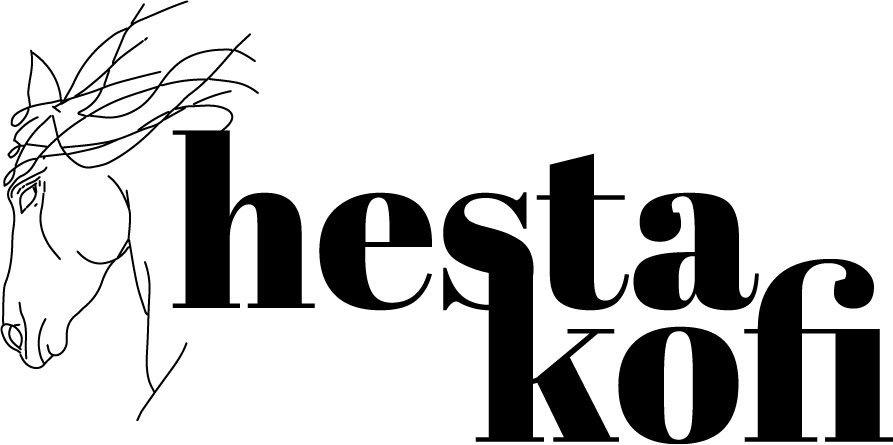




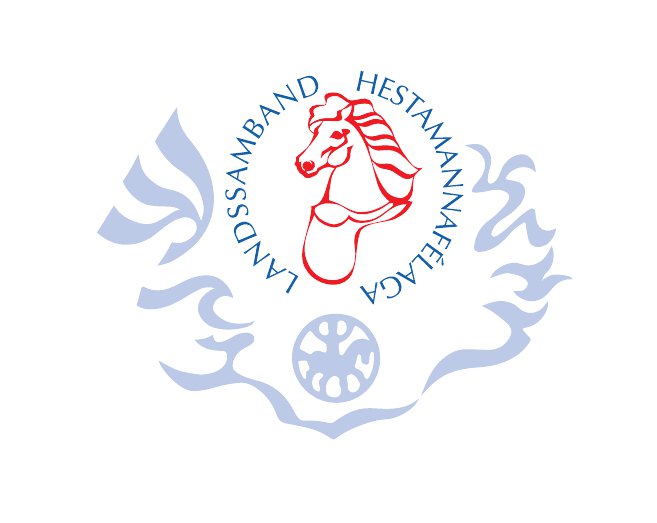





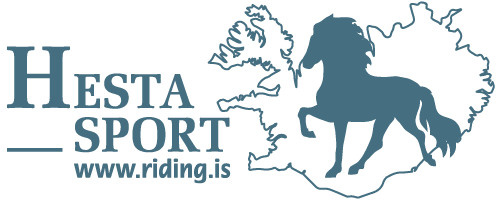


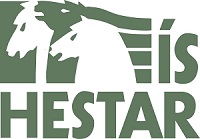

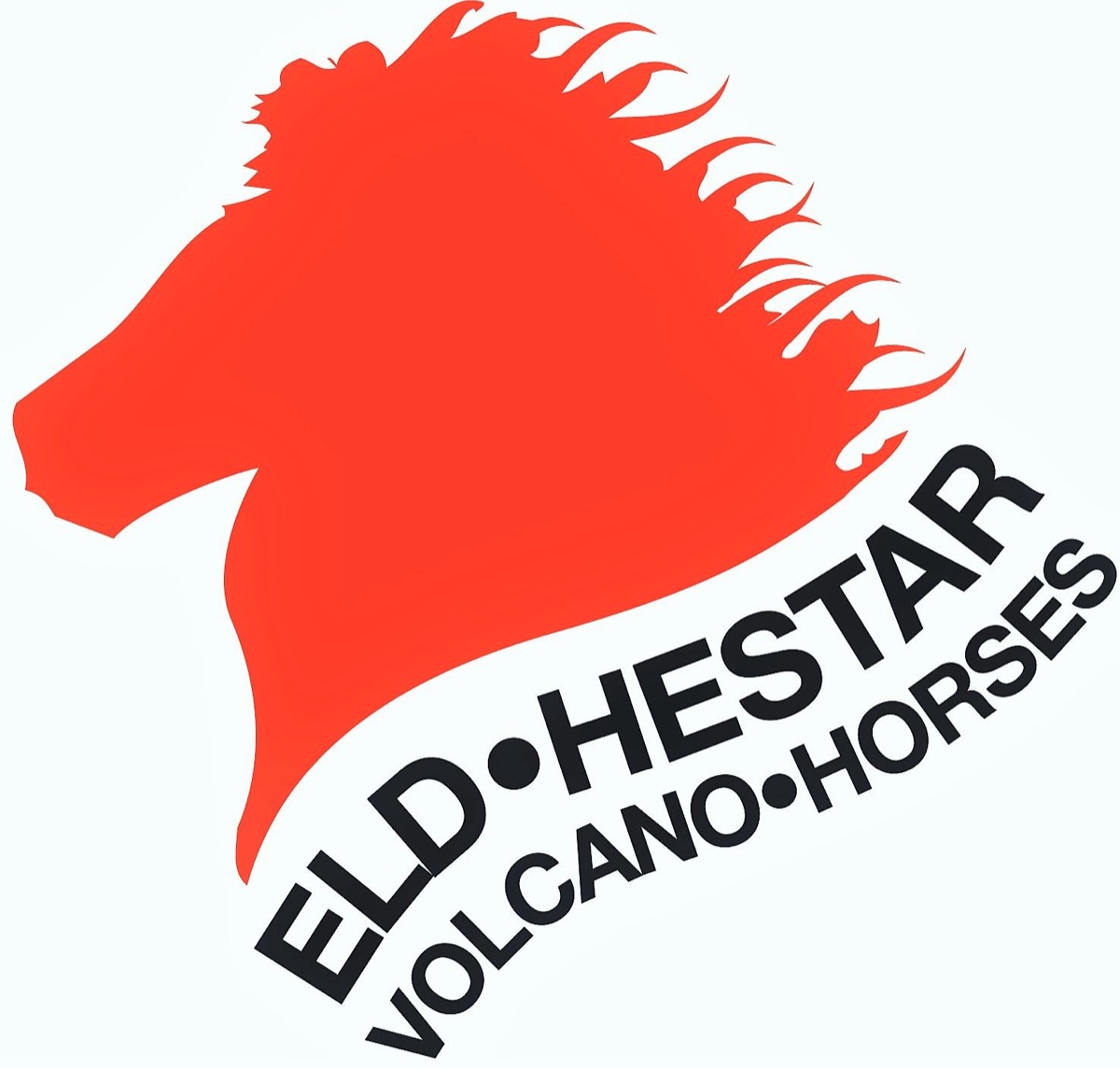
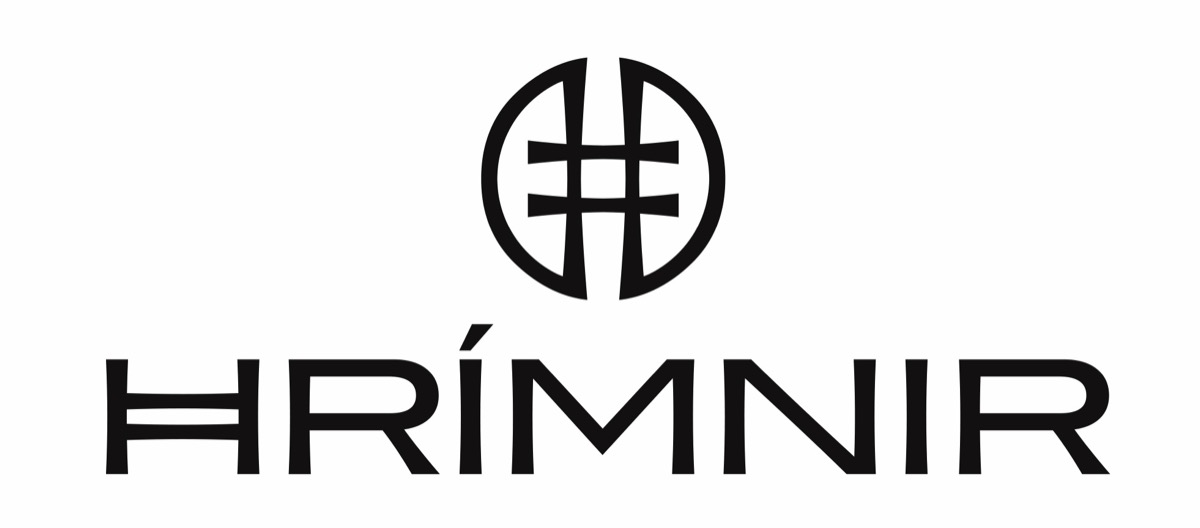

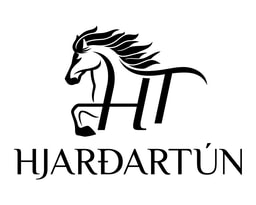
-1.jpg)

